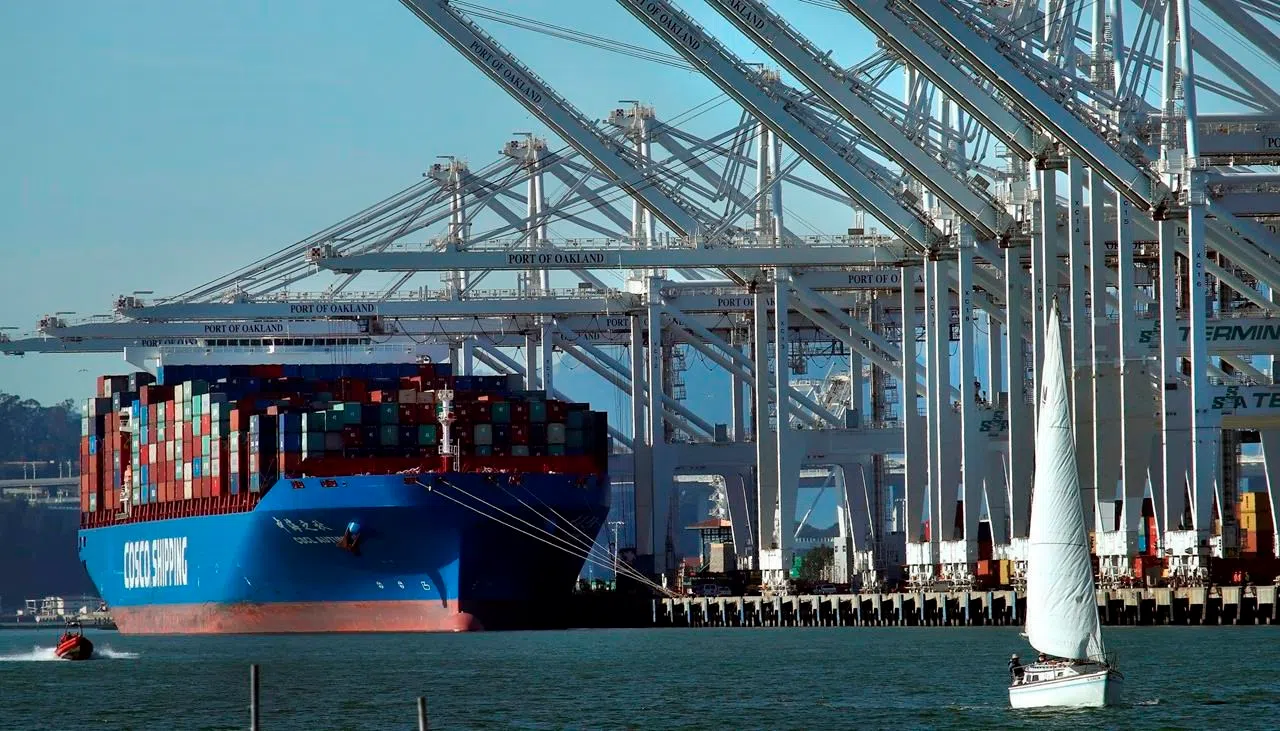
Strength in US growth at end of year likely to fade in 2019
WASHINGTON — The U.S. economy has turned in a stellar performance this year. But mounting problems, from trade tensions to jittery financial markets and political gridlock in Washington, are expected to sharply slow growth in 2019.
The Commerce Department estimated Friday that the economy, as measured by the gross domestic product, grew at a brisk 3.4 per cent annual per cent rate in the July-September quarter. That was barely down from an estimate of 3.5 per cent that the government made a month ago. That performance followed a sizzling 4.2 per cent annual growth rate in the April-June quarter.
And analysts have said they think growth has remained solid in the current October-December quarter, with many forecasting annual growth of around 2.5 per cent to 2.8 per cent.
That would put the economy on track to record growth for all of 2018 of around 3 per cent. It would be the best performance since 2005 and well above the tepid annual growth rates of roughly 2 per cent that have prevailed since the recession officially ended in 2009.
